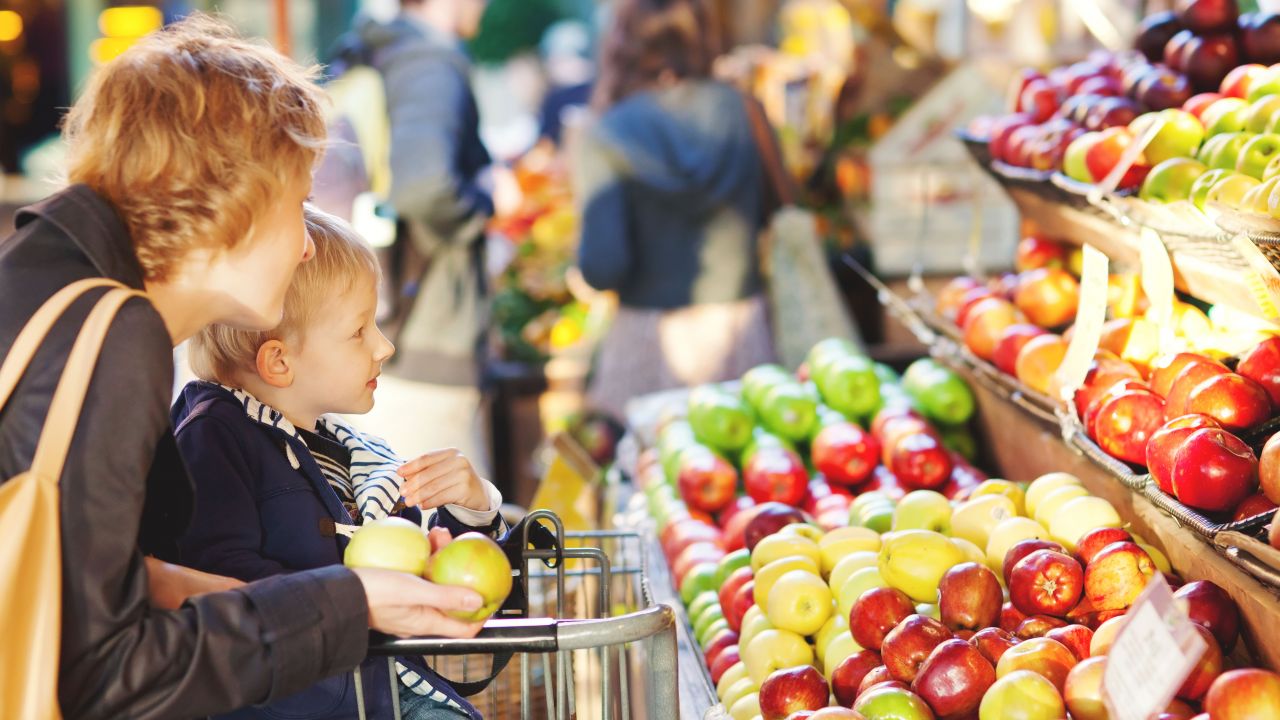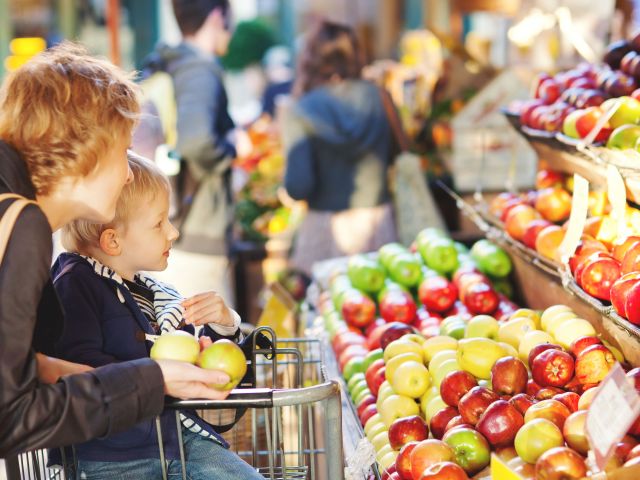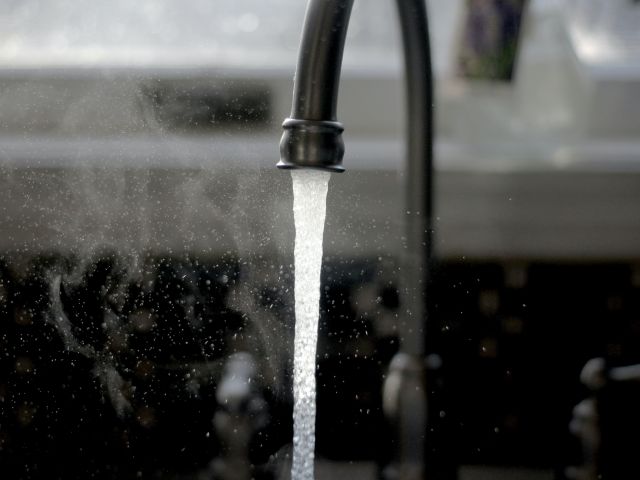
The Environmental Protection Agency is celebrating national Children’s Health Month, with tips for shielding kids from potential health harms caused by lead contamination, pesticides on produce and sun exposure – several of EWG’s top priorities.
Because their bodies are still developing, babies and children are far more vulnerable to the health risks of exposure to certain chemicals. Childhood exposure to these substances, especially those in drinking water, food and air, can also result in significant health problems later in kids’ lives.
Parents can protect their children’s health, including by reducing the risk of ingesting lead or pesticide residues, avoiding personal care products with potentially harmful chemicals and keeping kids safe under the sun.
In a tip sheet, the EPA highlights simple ways to protect our kids. Many recommendations, including guidance on sun safety, pesticide risks, lead harms and more, echo EWG’s work to improve the health of the environment, you and your family.
Here are some simple ways to create a healthier home for children.
Protecting kids from lead
There’s no safe amount of exposure to lead, a severe neurotoxin that can irreversibly lower a child’s IQ, cause learning and behavior problems, impair hearing and slow growth. Kids can be exposed to lead in drinking water or lead-contaminated dust in older homes, especially those built before 1978, when lead was banned for use in house paint. Kids’ bodies absorb up to 50 percent of the lead they ingest.
Young children are more likely to ingest lead in soil or dust, because they explore the world with their hands and mouths. So make sure to wash their hands after they’ve played outside.
The EPA recommends getting children tested for lead by healthcare providers or your local health department. For kids covered by Medicaid, these tests are required at 12 and 24 months of age. California recently enacted a law streamlining blood tests for lead levels, a crucial step in identifying how much lead might be in your kid’s body.
To lower the risk of lead in your drinking water, run tap water for a few minutes until it runs cold and use only cold water for cooking or drinking. The EPA also recommends that childcare facilities and schools independently, or with support from a third party, test their drinking water to identify any potential lead problems.
California, which formally proclaimed October Children’s Health Month, has enacted another law that should help with removal of lead drinking water lines and fixtures from older properties. The EPA suggests that if you live in a home built before 1978, use a certified EPA-approved renovator for home improvements to ensure removal of lead that may be in your house. Avoid disturbing lead paint unless it’s peeling or you’re renovating your home.
Later this month, from October 23 to October 29, the EPA’s National Lead Poisoning Prevention Week calls on “individuals, organizations, industry, and tribal, state and local governments to reduce childhood exposure to lead by increasing lead poisoning prevention awareness.”
Providing a pesticide-free diet
Pesticides on growing crops can remain on produce and pose a risk to your family’s health. To help you avoid this exposure, the EPA suggests scrubbing all your fruits and vegetables under cold running water.
Choosing organic produce is a good way to lower exposure to toxic pesticides. Parents can consult EWG’s Shopper’s Guide to Pesticides in Produce™ for guidance. Our Clean Fifteen™ list includes produce items with the lowest amounts of pesticide residue, which are OK to buy non-organic if organic isn’t an option. The 2022 Clean Fifteen includes avocados, pineapple and frozen sweet peas. Fruit and vegetables on the Dirty Dozen™ list are best to buy organic whenever possible.
Avoiding unsafe products
Keeping children healthy includes shielding them from dangerous household and personal care products, so make sure to store toxic household chemicals, including pesticides, out of kids’ reach, and never in containers kids might confuse for food or drink.
When you shop for household and consumer products, make sure to consult EWG’s guides to products free from toxic chemicals. The EWG VERIFIED™ mark on products shows you which are free from EWG’s chemicals of concern and meet our strictest standards for health.
You can also consult the EPA’s Safer Choice program criteria for children, schools and the environment. EWG uses the program’s Safer Chemical Ingredients List to develop our criteria for independent product reviews, because ingredients have been evaluated by their potential risks and found to not be harmful.
Staying safe in the sun
The EPA says healthy activities for your children include spending time outdoors – walks, bike rides, gardening and spending time at the beach.
It’s great to encourage your children to play outdoors, but it’s also important to avoid overexposure to harmful ultraviolet, or UV, radiation. It can lead to blistered or sore skin that can increase skin cancer risk. Infants should be kept out of direct sunlight as much as possible, because their skin is not yet protected by melanin.
EWG and the EPA agree that staying safe from the sun includes generously applying sunscreen to children over six months old, and making sure all kids wear sun-protective clothing: wide-brimmed hats, sunglasses, long-sleeved shirts and pants. Try to limit sun exposure between 10 a.m. and 4 p.m., when the UV index is highest.
Not all sunscreens are created equal. Some overstate their SPF values, and others contain potentially harmful chemicals. EWG suggests using sunscreens with SPF 50+ or lower. Check EWG’s latest Guide to Sunscreens to find a product that will protect your family so your kids can have fun in the sun.



